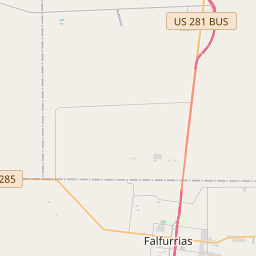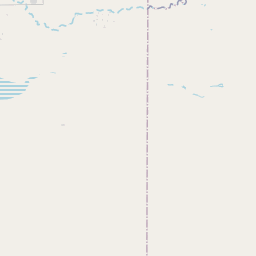Town of Flowella
Historical marker location:












On 1831 "Loma Blanca" Grant and 1873 land of Perez Family, who in 1898 sold "Parrita" (Little Grape Vine) to Mrs. King of King Ranch. Flowella was founded 1909 by E.O. Burton and A.H. Danforth as trade town for a projected farm colony, and named for a flowing well in middle of townsite. The Calahan Family opened hotel in 1909, store and post office, 1910. School building, also erected in 1910, provided a social-cultural center for some 100 residents. In adverse seasons, closings began: the store, 1911; hotel, 1915; post office, 1923; school, 1928. None of the original buildings remain
As one of the most visible programs of the Texas Historical Commission (THC), historical markers commemorate diverse topics in Texas history, including: the history and architecture of houses, commercial and public buildings, religious congregations, and military sites; events that changed the course of local and state history; and individuals who have made lasting contributions to the state, community organizations, and businesses.
The city of Austin, the state capital, is known as the live music capital of the world. It is home to many music festivals, including South by Southwest (SXSW) and the Austin City Limits Music Festival.
During the Texas Revolution in the 1830s, Brooks County became a significant battleground between Mexican troops and Texan rebels. The Battle of Espantosa, fought in the county in 1835, was a notable conflict that helped secure Texan independence from Mexico. After the revolution, the region experienced a surge in population as settlers arrived from the United States, seeking new opportunities in farming and ranching.
The establishment of the King Ranch, one of the largest and most influential ranches in the state, in the mid-19th century had a significant impact on Brooks County. The ranch brought economic stability, creating jobs and boosting the local economy. As the ranching industry grew, so did the county's population and reputation as a center for livestock production.
Brooks County also has a troubled past related to racial tensions and civil rights struggles. During the early 20th century, the county was a hotspot for racial violence against African Americans and Mexican Americans. The infamous "brooks county murders" in 1919, where several Black individuals were lynched by a mob, highlight the dark side of the county's history. Despite these challenges, Brooks County has evolved and grown over time, and today, it continues to thrive as an important agricultural and cultural hub in Texas.
Brooks County Timeline
This timeline provides a glimpse into the major events and milestones that have shaped the history of Brooks County, Texas.
- 1848: Brooks County is established by the Texas Legislature, named after James Abijah Brooks, a Texas Ranger and a Texas Revolution veteran.
- 1857: The first permanent settlement is established in Brooks County near the present-day town of Falfurrias.
- 1870: Falfurrias is founded and becomes the county seat of Brooks County.
- 1904: The St. Louis, Brownsville and Mexico Railway reaches Falfurrias, boosting the town's economic growth.
- 1919: The discovery of oil and gas in the county brings a new wave of prosperity.
- 1920s-1930s: The population of Brooks County increases rapidly due to the oil and gas industry, agriculture, and ranching.
- 1940s-1950s: Brooks County sees a decline in population due to the depletion of oil and gas resources.
- 1990s: Falfurrias experiences economic growth with the establishment of several manufacturing and processing plants.
- 2005: Hurricane Katrina brings heavy rainfall and flooding to Brooks County, causing significant damage.
- Present: Brooks County continues to be an important agricultural and ranching region in Texas, known for its cattle ranches and citrus orchards.